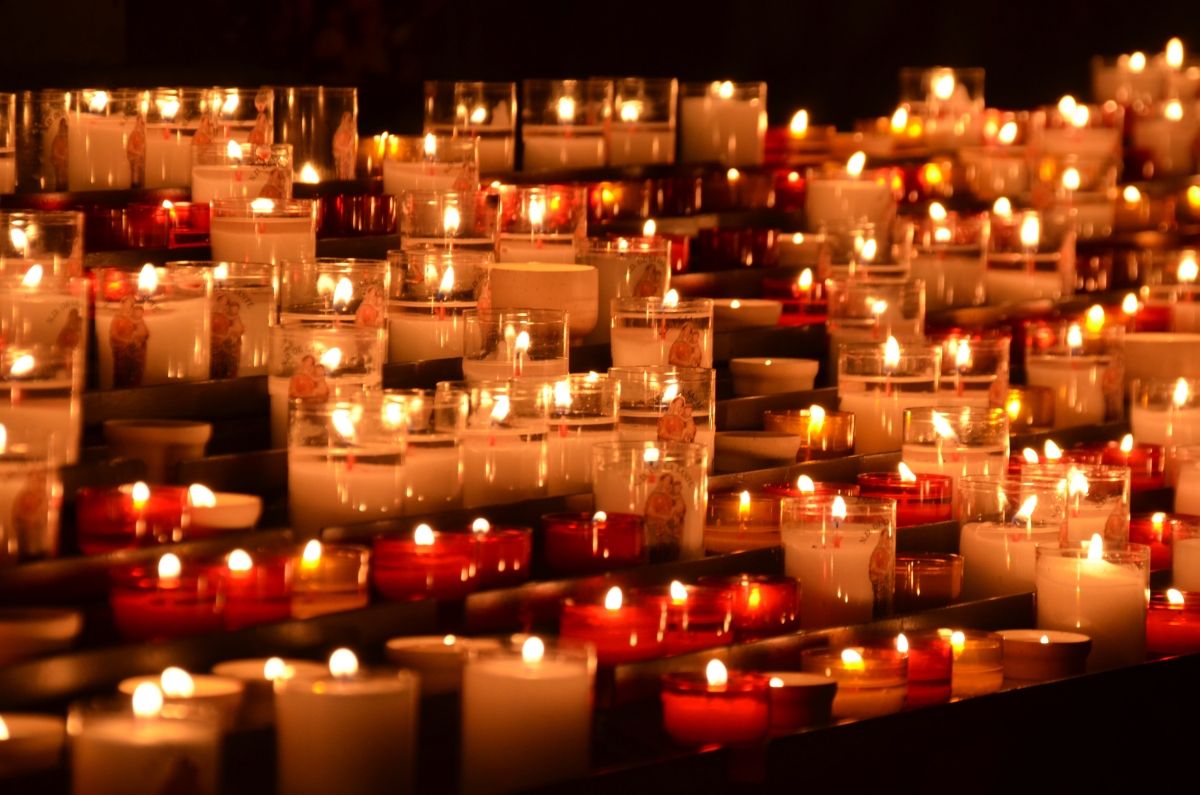
In the face of tragedy — whether it be the death of someone we all know or a high-profile public event to which we are only marginally connected — students sometimes find it difficult to concentrate or to keep up with their schoolwork. As instructors, we have the opportunity to positively impact our students by responding thoughtfully and intentionally in the face of tragedy.
- What to Expect
-
Including both short- and long-term impact, here are some of the responses you can expect, in the face of tragedy and traumatic events:
- Shock and disbelief.
- Immediately after learning about a traumatic event, many people feel numb or feel like it can’t be real.
- Speculation and information seeking.
- This can involve things like listening to or watching the news, repeatedly checking the internet for updates, and talking to others about what you know or have heard.
- Escapism.
- We often end up wanting to turn off the TV and the radio to “make it all go away” for a while.
- Sadness and anger.
- These feelings often come with the desire to discuss them with others.
- Connecting.
- These events often cause us to want to check in with loved ones, even if they are not close to the disaster or in immediate danger. It is normal to want to touch base with someone you care about.
- Lack of Awareness
- If you are in a role where you need to attend to or provide for others, you may not be aware of your own feelings until the immediate crisis is over.
- Delayed Onset.
- In the hours and days following a tragedy or traumatic event, as the shock begins to wear off, more feelings – such as anger, sadness, fear, panic, and depression – may emerge.
- Shock and disbelief.
- What Can I Do?
-
A 2007 survey by Therese A. Huston and Michele DiPietro, examining student experiences in response to the attacks of 9/11, revealed that “from the students’ perspective, it is best to do something.” Students often complained when faculty did not mention the attacks at all, and they expressed gratitude when faculty acknowledged that something awful had occurred”. Students report that “just about anything” is helpful, “regardless of whether the instructor’s response required relatively little effort, such as asking for one minute of silence…, or a great deal of effort and preparation, such as incorporating the event into the lesson plan or topics for the course”. Besides a total lack of response or acknowledgement, the least helpful and most problematic responses involve “acknowledging that [the crisis] had occurred and saying that the class needs to go on with no mention of opportunities for review or extra help”.
Consider further the following suggestions from this short teaching guide:
- Take a moment of silence to acknowledge the event.
Offer a few comments about what you are doing and why, and invite students to join you in a moment of silence. You might opt to say something like, “While we are continuing with our class as scheduled, I wanted to take a few minutes to acknowledge recent events – which I imagine is on the mind of many of you in this room. Please join me for a brief minute of silence.” - Adapt your syllabus.
Given the likely impact on your students’ ability to focus on schoolwork, consider adapting your syllabus and expectations of students for the week following a crisis. Their usual study habits are likely to be disrupted, and this will help them keep up with your course without increasing their stress levels. - Incorporate relevant material.
Consider ways to bring the lens of your discipline to bear on the events at hand. For example, you might assign a relevant poem, connect the current events to a similar historical moment, or examine the engineering concepts involved in a relevant structure. - Provide resources to students.
See the right sidebar on this page (or at the bottom if you’re on mobile) for some potentially useful resources to share with students. - Share tips with students.
See, for example, these tips developed by Virginia Tech after their experience of a mass shooting. - In-class discussion.
Facilitate a discussion about the crisis, perhaps asking them how it has affected them or what they see as the most important thing for us to keep in mind.
- Take a moment of silence to acknowledge the event.
- References
-
- American Psychological Association (nd). Managing your Distress in the Aftermath of a School Schooting. APA Psychology Help Center.
- Chick, Nancy (2013). Teaching in Times of Crisis. Center for Teaching and Learning, Vanderbilt University.
- Huston, T. A., & DiPietro, M. (2007). In the eye of the storm: Students perceptions of helpful faculty actions following a collective tragedy. In D. R. Robertson & L. B. Nilson (Eds.), To Improve the Academy: Vol 25. Resources for faculty, instructional, and organizational development (pp. 207-224). Bolton, MA: Anker.
- Counseling Services (2017). Self Help. University of Wisconsin-Eau Claire, Counseling Services. (webpage no longer active)
RELATED CTL RESOURCES
- Counseling Center
- Crisis Line: 404.894.2575 (M-F 8 a.m. - 5 p.m.)
- After-hours counselors: 404.894.2204
- Dean of Students and Student Life (404.894.2565)
- Referral messages (if concerned about a student's academic performance, classroom behavior, or well-being)
- Student Temporary Assistance and Resources (STAR) (for services like the food pantry, emergency funds, and temporary housing)
- Georgia Tech Police Department (404.894.2500)
- LGBTQIA Resource Center
- Office of Institute Diversity
- Veterans Resource Center
- Women’s Resource Center